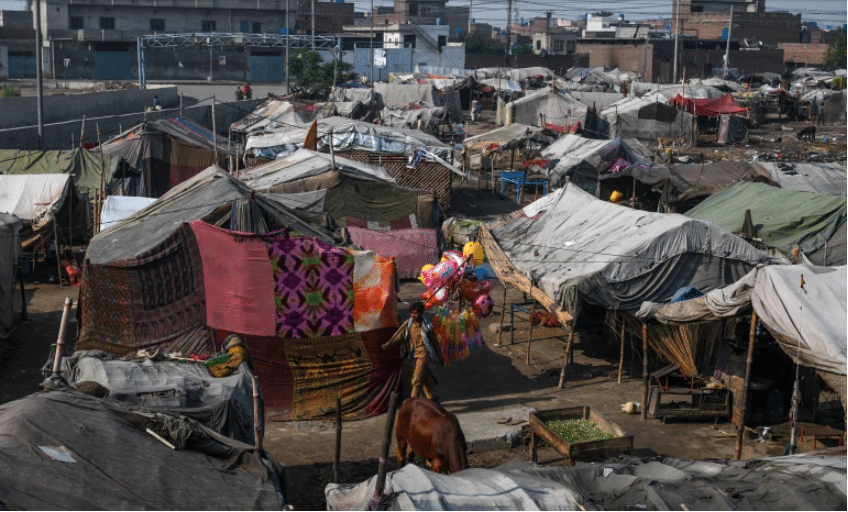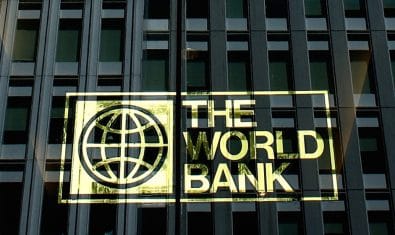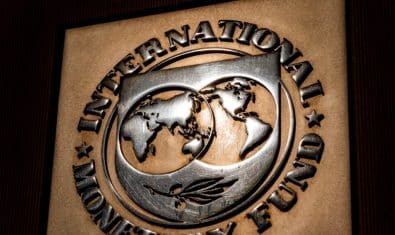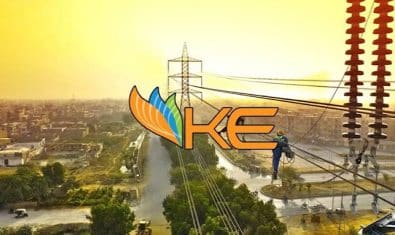The total privileges enjoyed by Pakistan’s most powerful groups amounted to $17.4 billion in 2017–2018, equivalent to seven percent of the country’s GDP as it battles with inequality, according to a report released by UNDP on Pakistan’s National Human Development Report (NHDR) 2020 titled ‘The Three Ps of Inequality: Power, People, and Policy’.
The report that was written by renowned economist Dr. Hafiz A. Pasha highlights that the poorest and richest Pakistanis live in completely different countries in terms of literacy levels, health outcomes, and living standards that are poles apart.
ALSO READ
HTL is Starting a New Business
The author counts the feudal class, the corporate sector, the exporters, large-scale traders, high net worth individuals, the military establishment, and the state-owned enterprises among the “powerful groups” in the report. The “privileges” of these segments, as identified in the report, had amounted to Rs. 2,660 billion or $17.4 billion in 2017–2018.
The report read: “Equivalent to 7 percent of the country’s GDP, these privileges can be broken down into favorable pricing, lower taxation, and preferential access. The corresponding cost of social protection programs estimated by Pasha (2019) was Rs. 624 billion”.
Diverting just 24 percent of these privileges to the poor could double the benefits available to them. Redistribution along these lines is a crucial first step in the alleviation of inequality, according to the report.
The report also highlighted that Pakistan’s tax system does not contribute significantly to the reduction of inequality in the country. This is due to a low share of direct taxation (under 20 percent). The burden of the taxes in Pakistan rises gradually with income, making the tax system only mildly progressive.
“In essence, this is because special interest groups have successfully manipulated the system to seek and obtain a host of tax breaks and exemptions. Thus, taxes have played a very limited role in reducing inequality or making income distribution less skewed in favor of the rich,” the report detailed.
On the other end of the spectrum, the poorest one percent of Pakistan’s population had held only 0.15 percent of national income as compared to the richest one percent that had held nine percent of the national income in 2018–2019.
ALSO READ
SECP Launches Digital Certified True Copies
The author of the report suggested that “To reduce income inequality, the real per capita income of the poorest 40 percent of Pakistanis must grow at a rate that exceeds the income growth rate of the total population”.
While the top and bottom tiers of the country continue to stay in the same economic conditions, the report has highlighted that its middle class has shrunk in Pakistan and has moved towards worse economic conditions.
The report highlighted that based on the per capita expenditure, only 36 percent of the population had been of the middle class in 2018–2019, down from 42 percent 10 years earlier.
The pressure of inflation, unemployment among educated workers, and the decreasing purchasing power parity are ‘squeezing’ the middle class, so much that it is being pushed to the bottom of the pyramid over time, as noted in the report.



























“cough” BOOTS ARE WATCHING “cough”